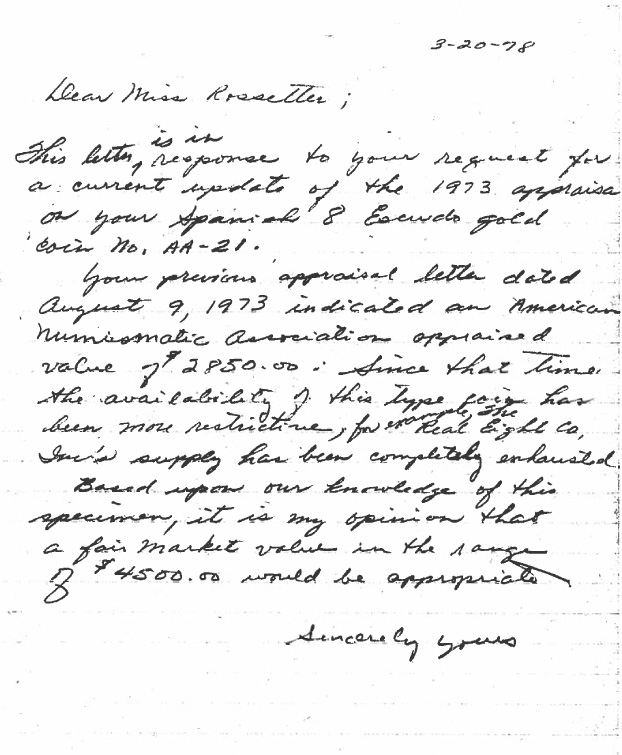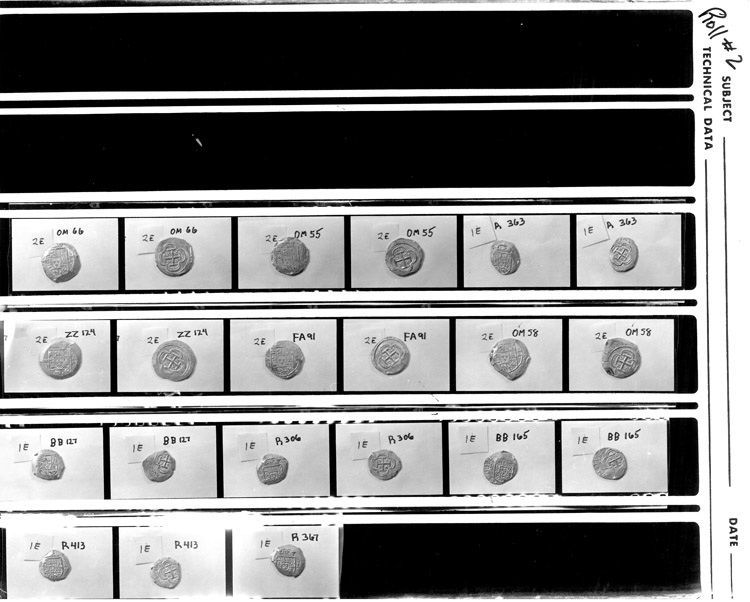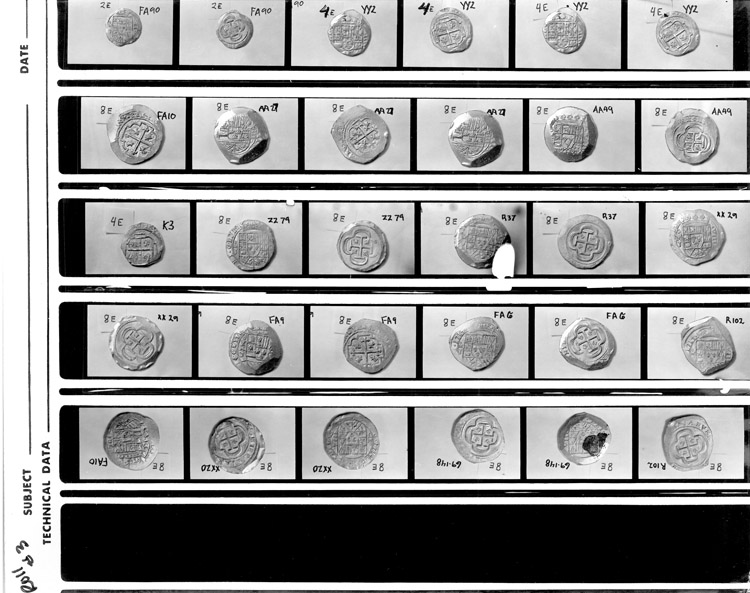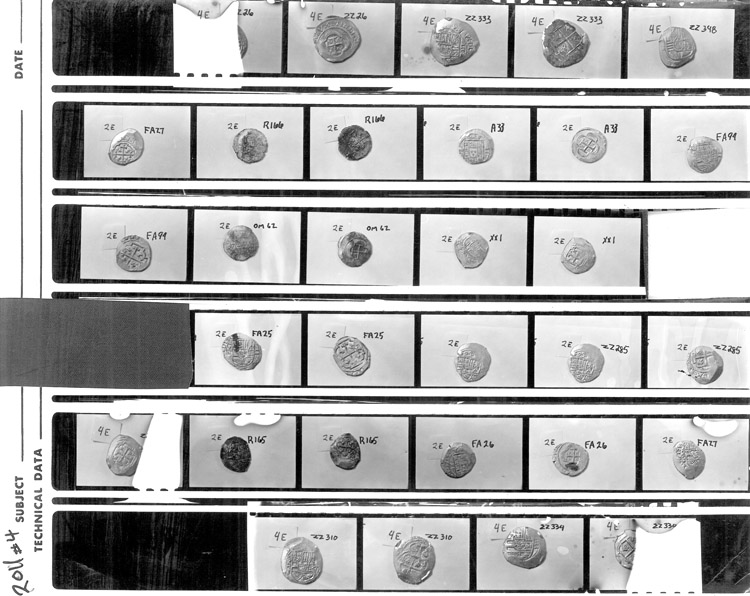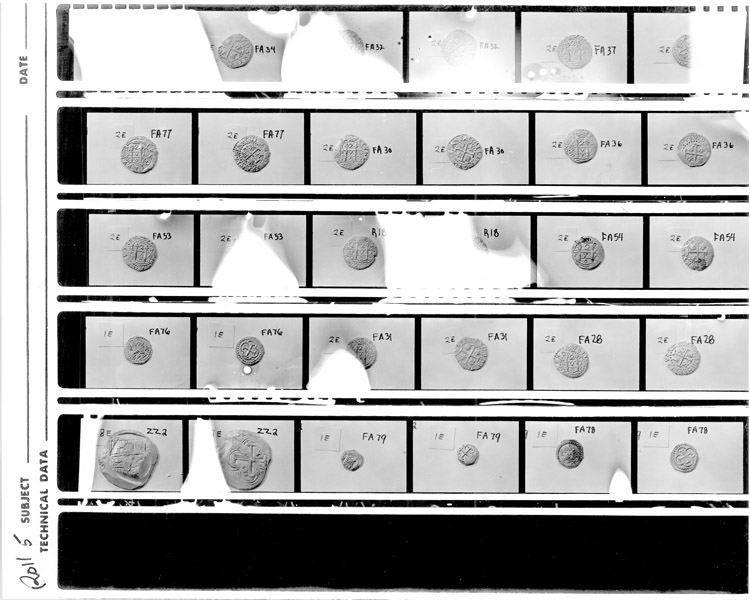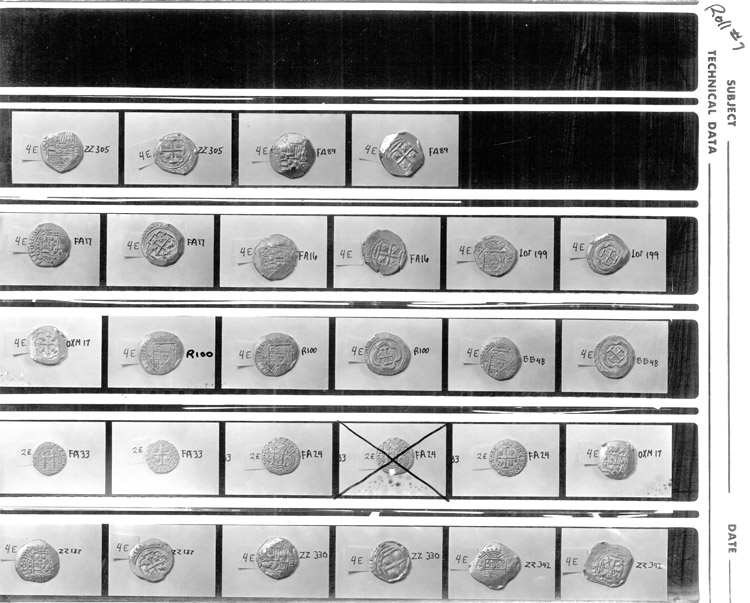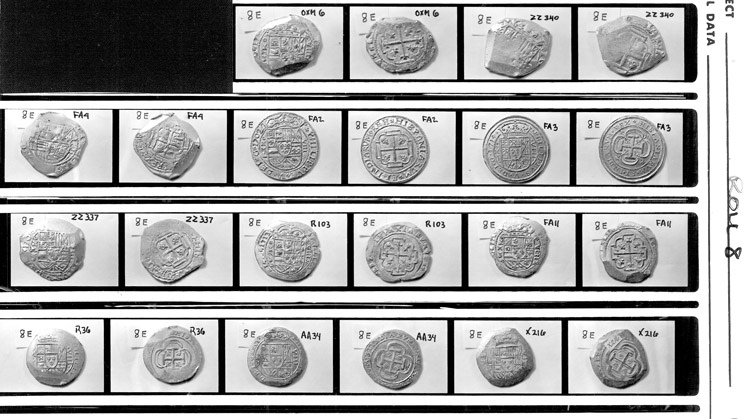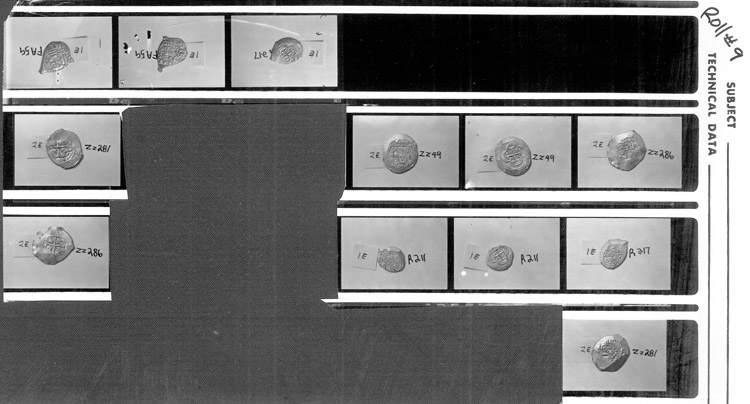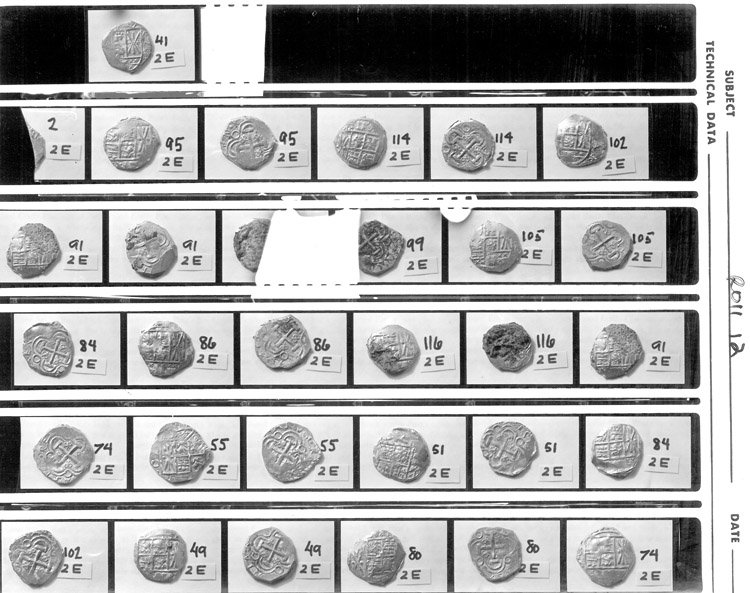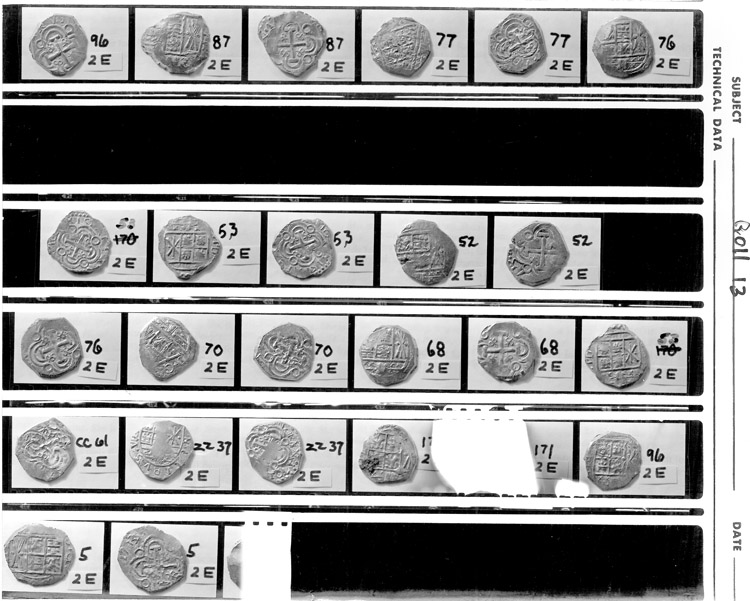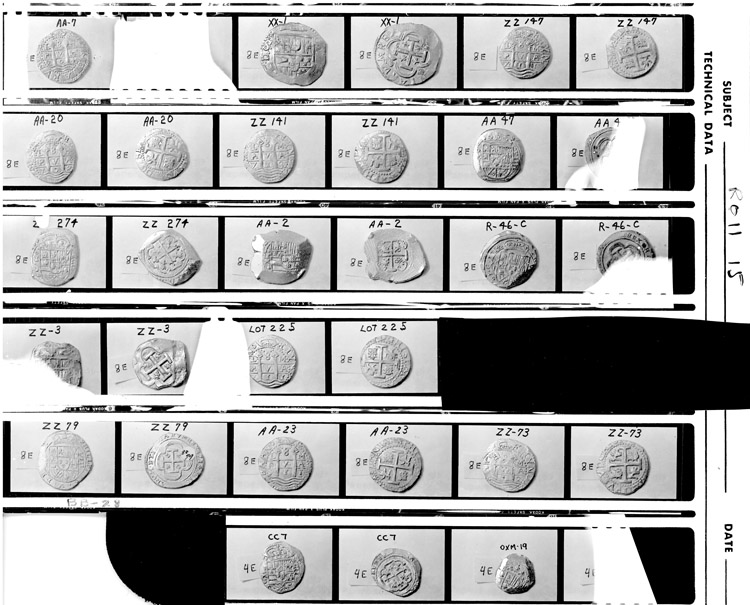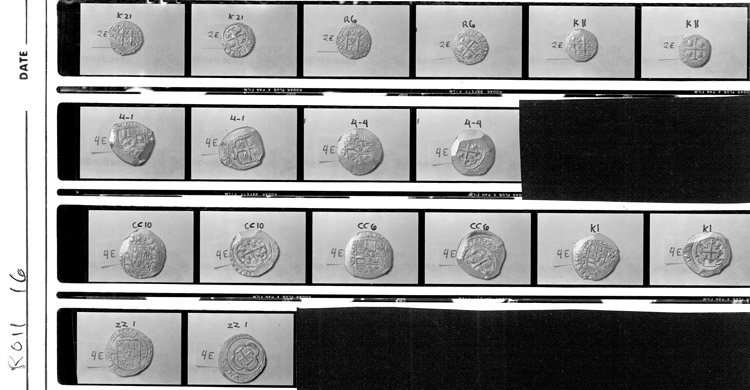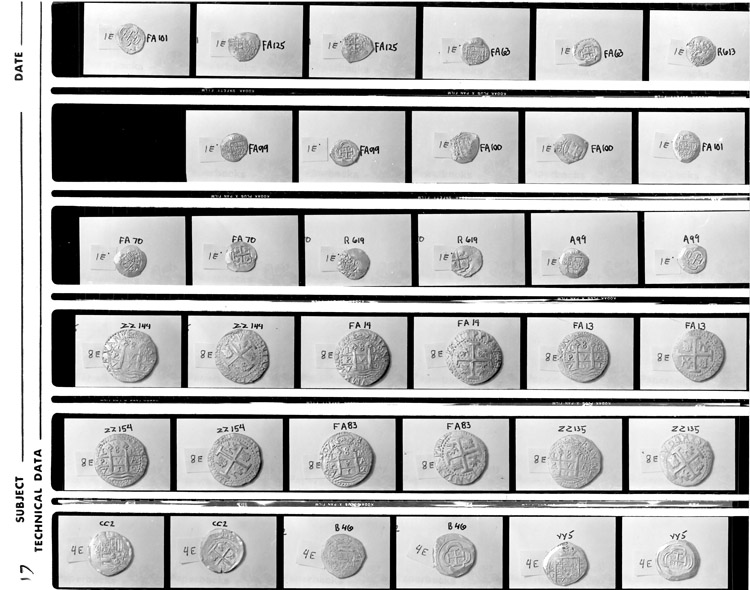The modern day hunt for the 1715 Treasure Fleet began in the 1950’s, when a retired Florida contractor wondered why gold and silver kept washing up on a Florida beach near his home. Kip WagnerKip Wagner (1906 – 1972) was instrumental in the formation of the team that later became the Real Eight Company and one of the greatest salvage groups that ever explored the 1715 Fleet wrecks. He ... More used to go beach-combing along the Florida coast looking for decorative pieces of driftwood. What he found, instead, was treasure. Wagner noticed that none of the coins that he found dated past 1715. Consequently, he started to research shipwrecks from that era. He also had a neighbor and good friend, Dr. Kip Kelso, who was an amateur Florida historian. They teamed up. Their big break came in 1959 when Dr. Kelso found an authentic 18th Century map of Eastern Florida. The map was published just fifty years after the 1715 Fleet disaster. On the map, next to the Sebastian River, as specific notation stated “Opposite this River, perished, the admiral commanding the Plate Fleet of 1715….” This was the exact spot where Wagner was finding his coins. Wagner became convinced that a vast treasure in gold and silver lay scattered on the reefs just off Florida beaches. More research identified the location of the salvage camp near the Sebastian inlet. Wagner purchased a $15.00 surplus mine detector and searched the area. He found a number of artifacts including musket balls and a diamond ring. With this discovery he knew that the ship wrecks were nearby. But how to go about salvaging the wrecks?
Wagner was friends with a number of Air Force and NASA officers who were divers and closet treasure hunters. In 1960, Wagner partnered with some of these experienced divers. The first season of treasure hunting proved fruitless but the group soldiered on. Then on January 8, 1961, their luck changed. On that day, Wagner and his crew recovered over 2000 pieces of eight. Shortly thereafter, a salvage company was formed that had eight members. They called themselves the Real 8 Company (named appropriately for the Spanish “ocho reales”, or piece of eight). By the summer of 1963, the members of Real Eight were convinced that they were on the trail of a great treasure. They were right!
The black and white images depicted below were taken sometime in the late 1960’s or early 1970’s. These crude photos are all that remain of the Real Eight CompanyAlso referred to occasionally as “The Real 8 Company”- was incorporated in 1961. It had eight members….Kip Wagner, Kip Kelso, Dan Thompson, Harry Cannon, Lou Ullian, Del Long, Erv Taylor and Lis... More collection of gold cobs. As can be seen upon close inspection, each gold coin is identified by a special number consisting of letters and or numerals. This method of identification was most probably used for cataloging purposes to keep track of sales. It has been suggested that Real Eight Member Delphine “Del” Long photographed the coins seen here.
Below is a letter dated August 9, 1973, signed by Harry E. Cannon, Chairman of the Board of the Real Eight CompanyAlso referred to occasionally as “The Real 8 Company”- was incorporated in 1961. It had eight members….Kip Wagner, Kip Kelso, Dan Thompson, Harry Cannon, Lou Ullian, Del Long, Erv Taylor and Lis... More, Inc. The letter references a coin by its special identifying number and also offers the purchaser an appraised value:
A few years later on March 20, 1978, Mr. Cannon provided an informal handwritten letter to the purchaser listed above with an updated appraisal.
Each original sheet contained thirty six images. A number of these sheet are incomplete because images were removed. It is believed that the Real Eight CompanyAlso referred to occasionally as “The Real 8 Company”- was incorporated in 1961. It had eight members….Kip Wagner, Kip Kelso, Dan Thompson, Harry Cannon, Lou Ullian, Del Long, Erv Taylor and Lis... More used these black and white photos on their Certificates of Authenticity to identify the actual piece that was sold. We have taken great care to reproduce the sheets exactly as they were found. Although some of the images are of poor quality, they were left intact to preserve the archival nature of the photographs.
Our research has failed to answer the question of who the actual photographer was. However, information provided to us by John de Bry, Director of the Center of Historical Archaeology, a consultant and contributor to this website, offers a plausible explanation. He believes that these photographs were actually the work of Louis J.
Ullian, an original Real Eight member. John explains that Lou was a numismatist who enjoyed studying and researching these coins. Since he was logically the only one who would have taken the time to catalog the coins, it is reasonable to conclude that he was the photographer.
It is hoped that many of our visitors who have the opportunity to study the Real Eight CompanyAlso referred to occasionally as “The Real 8 Company”- was incorporated in 1961. It had eight members….Kip Wagner, Kip Kelso, Dan Thompson, Harry Cannon, Lou Ullian, Del Long, Erv Taylor and Lis... More collection of gold cobs will identify some of their own coins as well. If that happens it is requested that we be notified.
Roll 1
Roll 2
Roll 3
Roll 4
Roll 5
Roll 7
Roll 8
Roll 9
Roll 10
Roll 12
Roll 13
Roll 15
Roll 16
Roll 17

